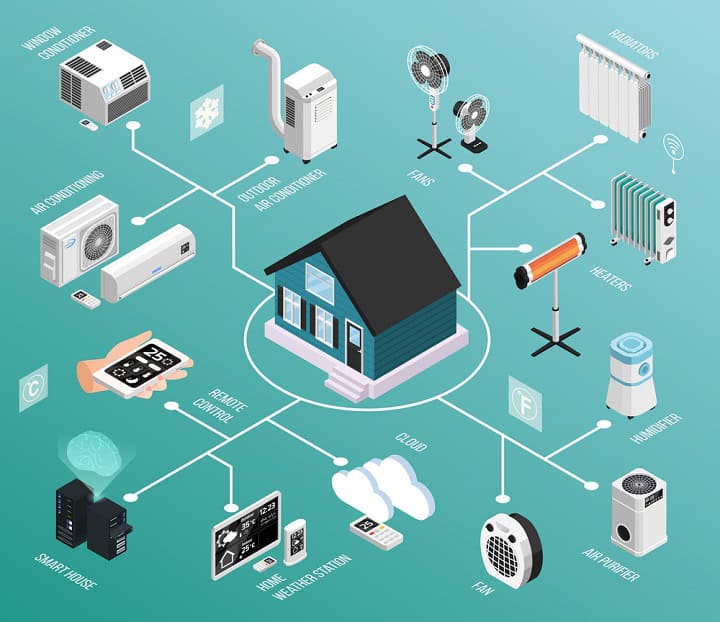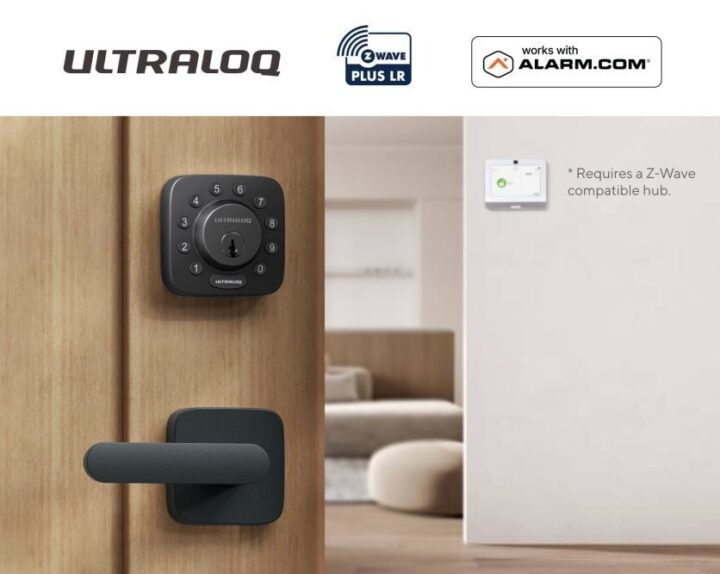If you have heard about smart homes, you may have come across the term Z-Wave. Many people wonder what it means and how it fits into home technology. Z-Wave is used in many smart devices, but it can be hard to figure out what sets it apart from other options. This post will look at what Z-Wave is, how it works, where it started, and what makes it different from other popular smart home choices like Wi-Fi and Zigbee. By the end, you will have a better idea of what Z-Wave can do, and you can decide if it is right for your setup.
What is Z-Wave Technology?
Z-Wave is a wireless communication protocol that is mainly used for smart home products. The purpose of Z-Wave is to let different smart devices talk to each other without using wires. Devices that use Z-Wave can include things like light bulbs, sensors, locks, and thermostats. The system is built to help people control their home devices from one place, usually through a hub or a smartphone app.
Z-Wave networks use a mesh structure. In this type of network, each device can send and receive signals. Devices that are plugged or wired in can also repeat signals to other devices nearby. This helps the signal cover more distance by bouncing from one device to the next. A Z-Wave network can work with up to 232 devices. The network operates on a low-power frequency that does not get much interference from Wi-Fi or Bluetooth.
There are many types of Z-Wave devices. Some common ones include smart plugs, switches, motion sensors, door and window sensors, thermostats, and door locks. There are also Z-Wave hubs, which act as the main controller for the network. These devices are often made by different companies but can work together if they use the Z-Wave protocol. This makes it possible to build a system with products from several brands.
The History and Basics of Z-Wave
Z-Wave started in 2001 when a Danish company called Zensys developed it as a way to link different devices in homes. The idea was to let things like lights, locks, and sensors talk to each other without using wires. Over time, Z-Wave grew as more companies began to use it in their products. Today, many smart home devices use Z-Wave technology to connect and work together.
Z-Wave uses a specific radio frequency to send signals between devices. In the United States, this frequency is 908.42 MHz. This is different from Wi-Fi and Bluetooth, which use the more crowded 2.4 GHz band. Because Z-Wave uses a less busy frequency, there is less chance of other devices interfering with the signal. The range for Z-Wave devices is usually about 100 feet indoors, but this can change depending on walls and other obstacles. Z-Wave devices can also pass the signal along to other Z-Wave devices, which helps the signal travel farther in a home.
Security has been part of Z-Wave’s design. Z-Wave uses a type of encryption called AES-128 to help keep data private. This level of encryption is similar to what banks use for online transactions. Some Z-Wave devices also use a process called S2 security, which adds more steps to keep devices safe when they are added to a network. This helps stop unwanted access to the smart home system.
Comparing Z-Wave with Other Smart Home Protocols
Z-Wave works differently from Wi-Fi and Zigbee. Wi-Fi is common in most homes and is used for things like streaming and web browsing. Some smart home products use Wi-Fi because it is already available, but it can use more power and may slow down if many devices are connected. Z-Wave uses a different frequency from Wi-Fi, which helps it avoid signal problems and lets it work better with other Z-Wave devices.
Zigbee is another wireless system for smart homes. Both Z-Wave and Zigbee use a mesh setup, which means devices can pass messages along to each other to reach far-off spots in the house. Zigbee uses a different radio frequency from Z-Wave, and it can connect more devices on one network.
Some benefits of Z-Wave are its low power use and its ability to keep working even if one device stops working, because of its mesh setup. Z-Wave also has less chance of signal problems since it uses a less crowded frequency. A drawback is that Z-Wave products can cost more, and not every home device uses it. Wi-Fi and Zigbee may be easier to find in stores, but they can have more signal problems or use more power. Each system has its own good and bad points, so the best choice depends on your needs.
In Summary
Z-Wave is one of several ways to connect smart devices in a home. It uses a unique radio frequency and a mesh network to help devices talk to each other over longer distances. Z-Wave also has built-in security features and works with a wide range of products from different brands. While it is not as common as Wi-Fi or Zigbee, it has some benefits like low power use and less signal interference. Choosing Z-Wave or another smart home system depends on what devices you want to use and how you plan to set up your home.




